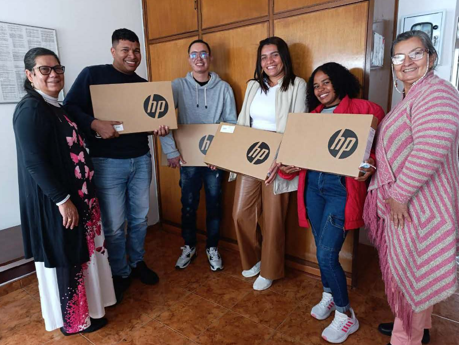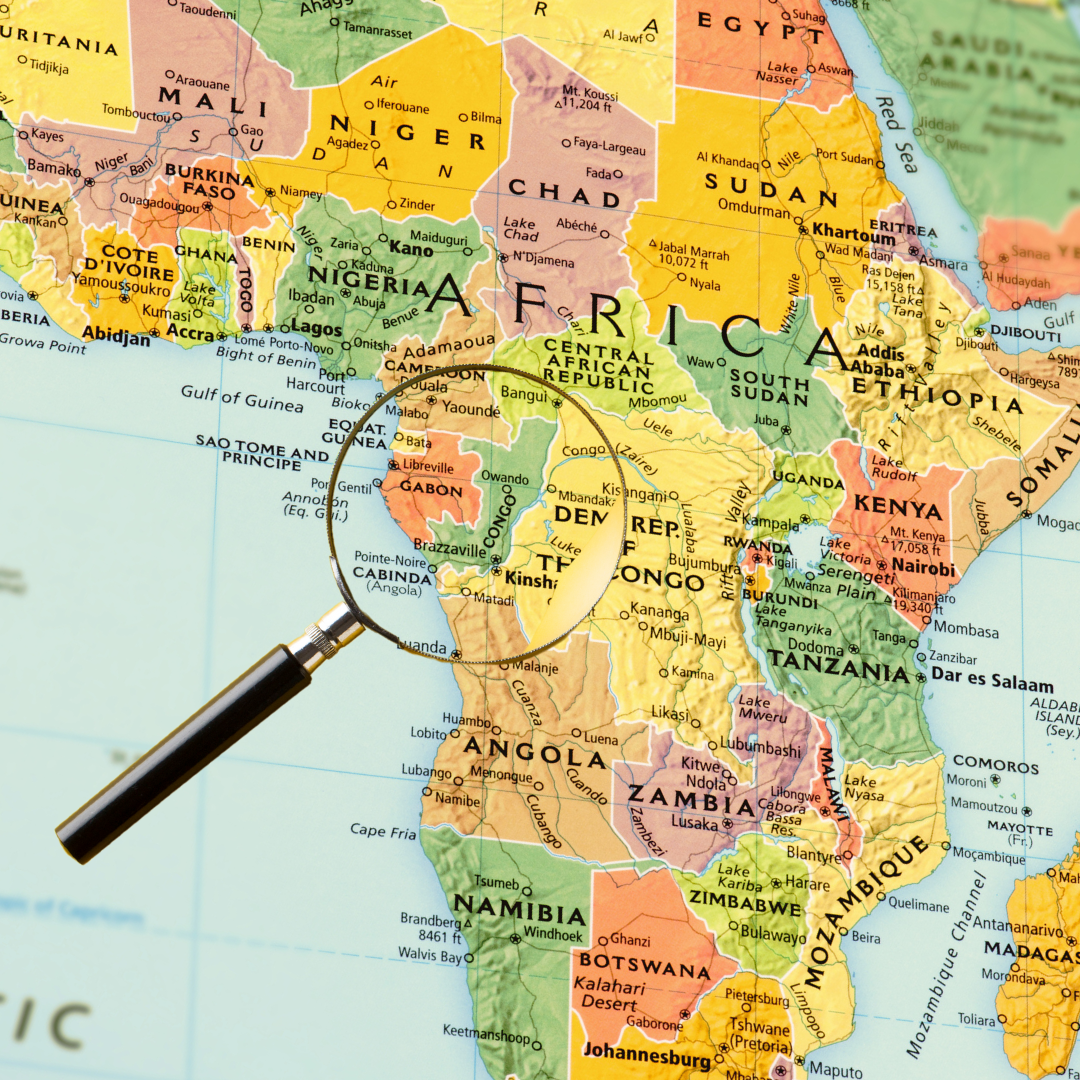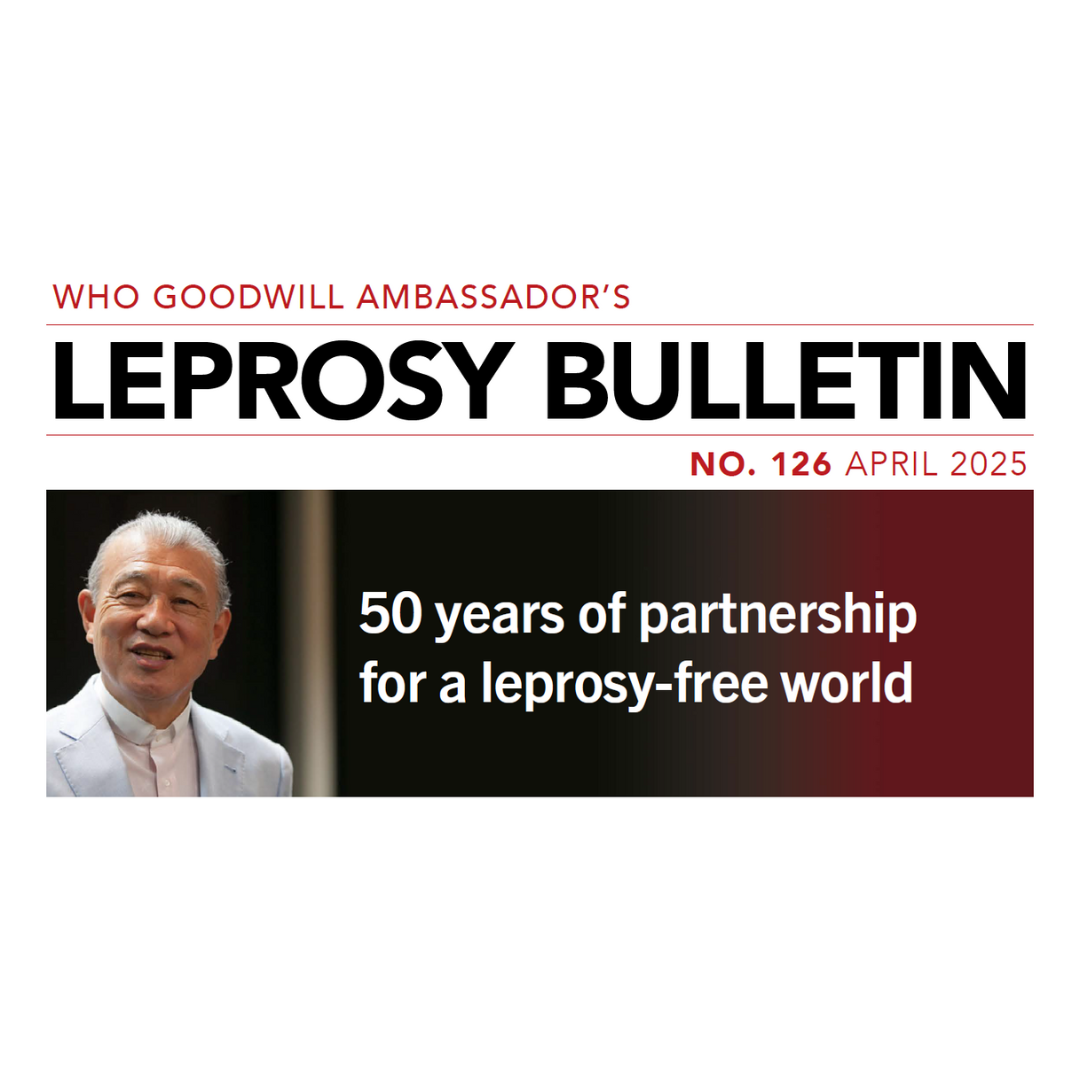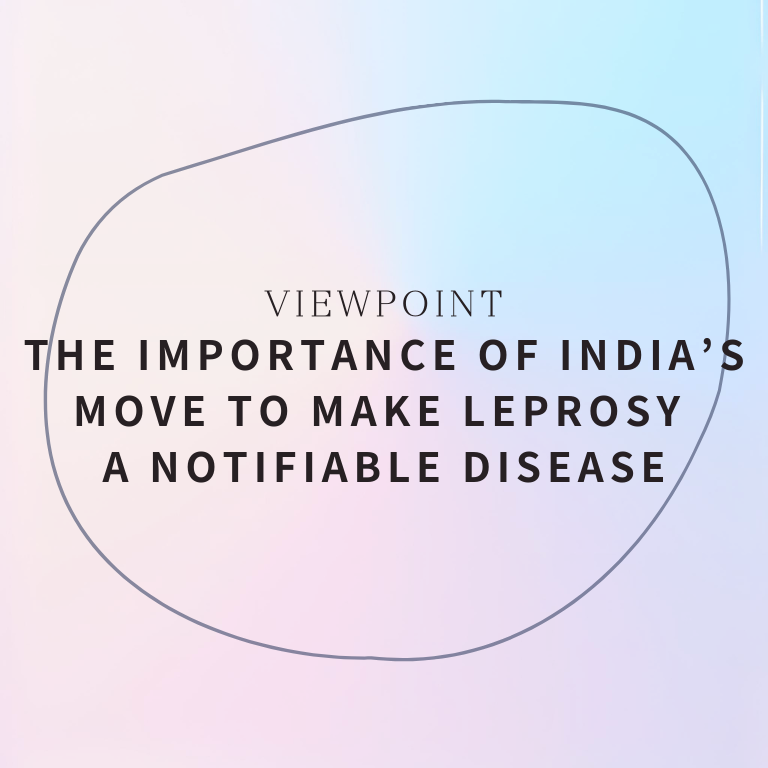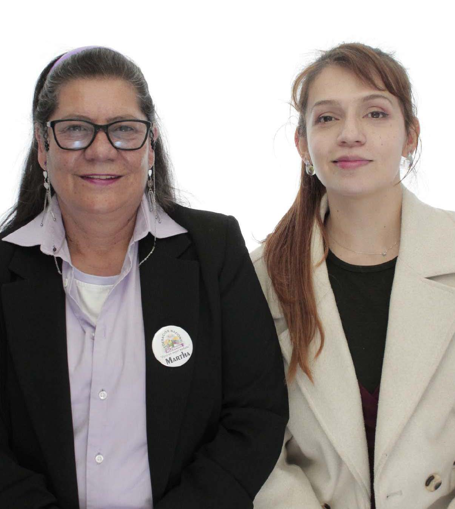
✎ Contributed by the Felehansen mentor team for the Sasakawa Leprosy (Hansen’s Disease) Initiative Young Scholar Program in Colombia, pilot year April 2024–March 2025
Due to the physical alterations caused by leprosy, persons affected by Hansen’s disease have historically faced rejection and social isolation. Various organizations have stepped in to provide charitable support to improve their living conditions and ensure their well-being. While this support has improved the immediate quality of life for persons affected by the disease, it has also had the effect of making some individuals dependent on external aid.
In Colombia, charitable support peaked during the 1980s and 1990s, when not only technical and food assistance but also equipment and housing were provided to promote rehabilitation. However, from the perspective of those living with the disease, there were problems with this type of support: namely, it reached only a few due to geographical barriers and it turned people into passive recipients.
In recent decades, interest in Hansen’s disease in Colombia has declined to the point that many professionals and community members are unaware of its existence, its symptoms, and the severity of consequences when diagnosis is delayed. This decline in interest, combined with highly stigmatizing popular beliefs surrounding leprosy, has significantly reduced efforts to mitigate the disease and its impact on persons affected.
In response to the needs of those living with the disease and the changing context of leprosy in Colombia, the German Leprosy and Tuberculosis Relief Association (DAHW) launched the Community-Based Rehabilitation (CBR) strategy for persons affected by Hansen’s disease in 2008. This initiative empowered persons affected by Hansen’s disease to act on their desire to improve the living conditions of their peers, reduce stigma in the community, and reach those who remain undiagnosed and suffer in silence.
Some of the participants in CBR activities grew into leaders who then established local associations, and in 2014 they came together to found a national federation called Felehansen. Through the federation, they have engaged in advocacy with public and private entities, helping themselves and those they represent to fulfill their long-standing dream of being the protagonists of their own development.
For Felehansen, the Sasakawa Leprosy (Hansen’s Disease) Initiative Young Scholars Program fits with what we know about the importance of the experience of being a protagonist in one’s own life. The program is meant to provide comprehensive training to young leaders affected by Hansen’s disease, helping them to define and achieve their personal, professional, and community goals.
In Colombia, the Young Scholars Program is structured to address three themes in parallel: leadership, individual technical/professional training, and design and execution of a community project. The young scholars participate in various individual and group learning spaces alongside experienced leaders from Felehansen, who have more than 10 years of expertise in working with persons affected by Hansen’s disease.
Over the past year, the young scholars have enhanced their knowledge of the disease, improved their public speaking skills, and cultivated their personal and professional leadership abilities for community work. The program has also had a positive impact on their peers and family members, who enjoy seeing them looking happier and more motivated to continue dreaming of a better future for those affected by the disease.
At Felehansen, we are convinced that the Young Scholars Program has potential to reach a considerable number of young persons affected by Hansen’s disease and create a lasting impact in affected communities worldwide. The program provides the right kind of support to help these young people grow in self-belief that they are, and can always be, the architects of their own development.
